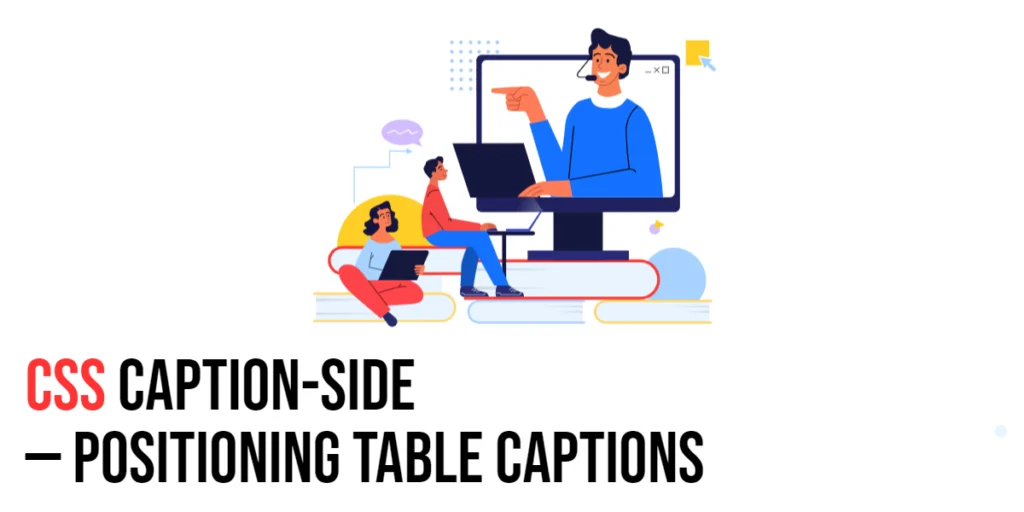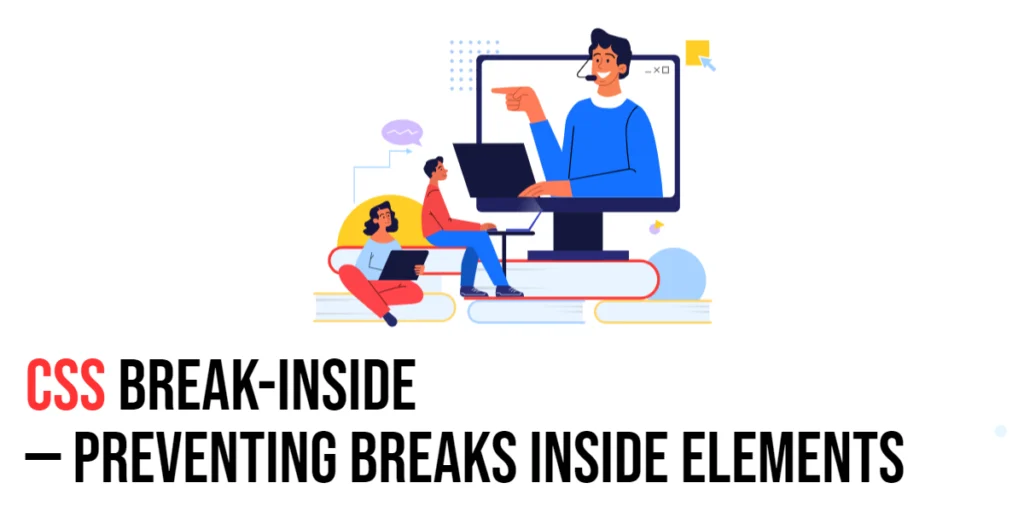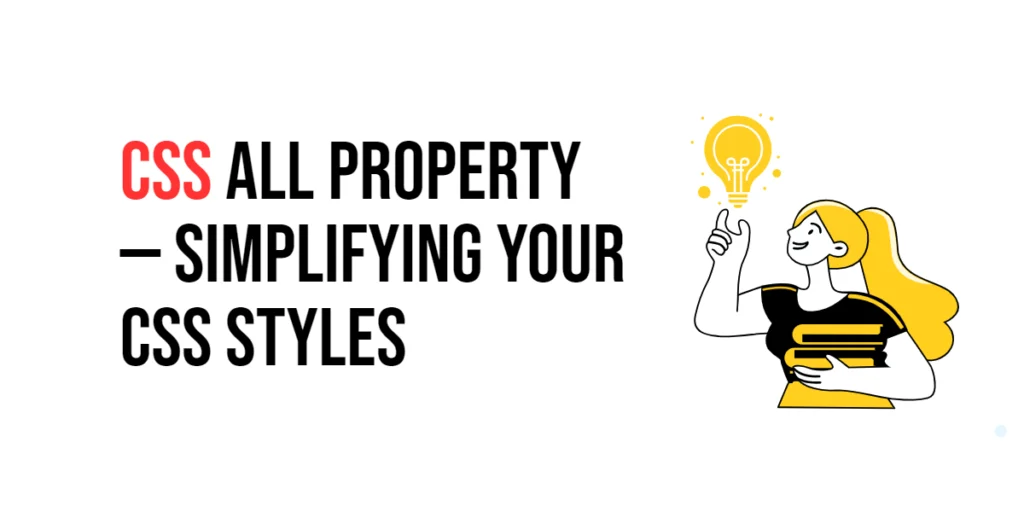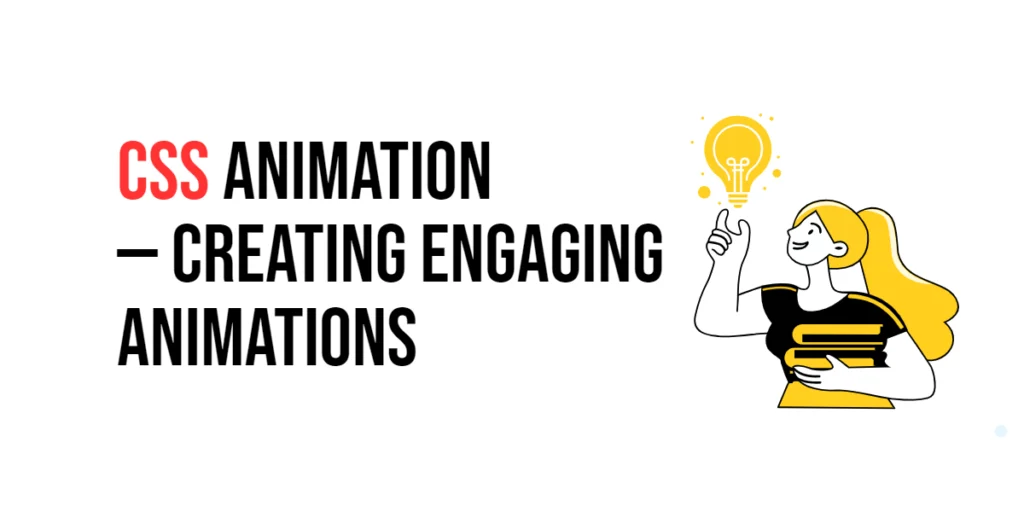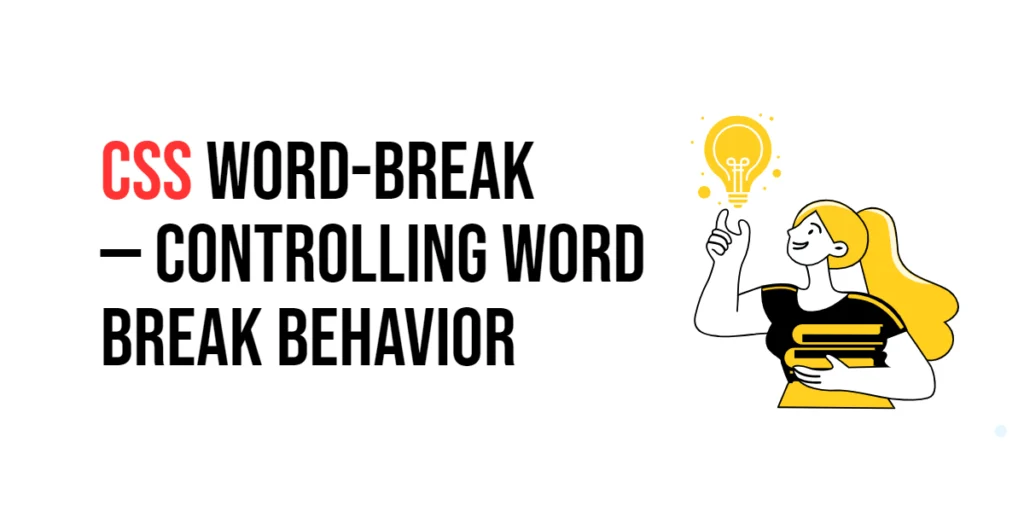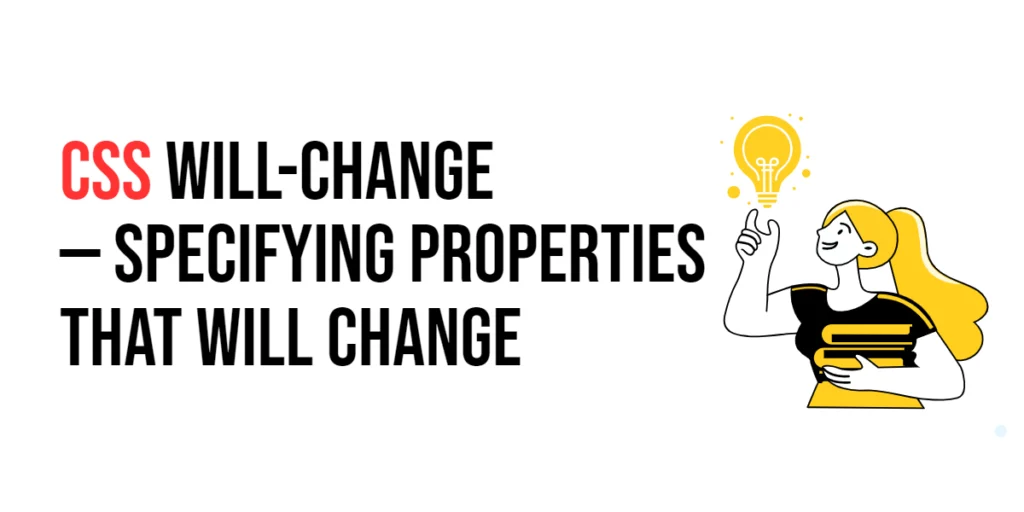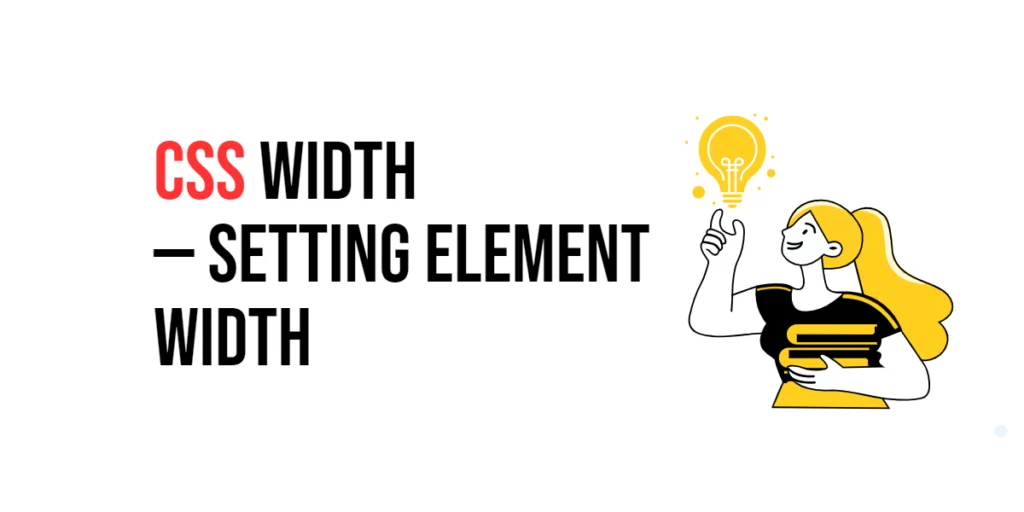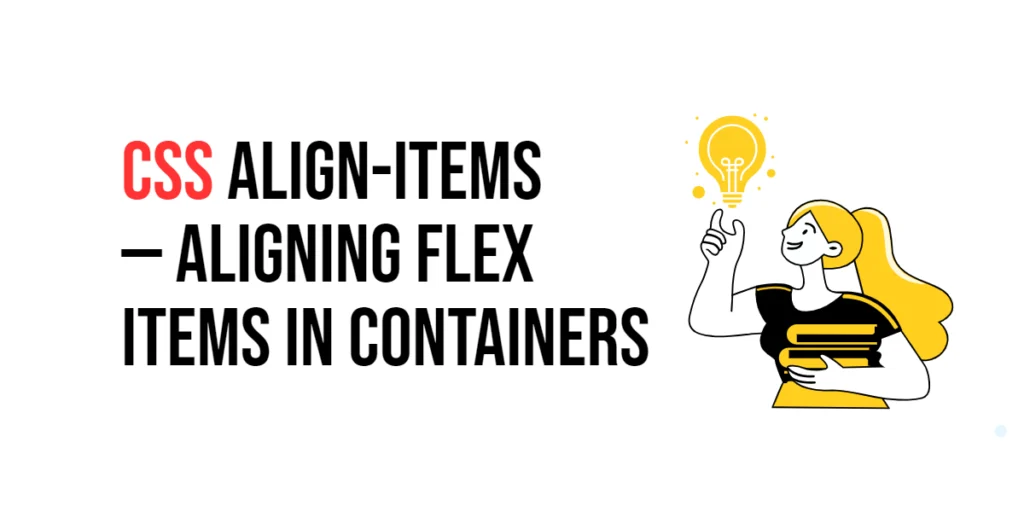CSS: Charset – Declaring Character Encodings
Character encodings are essential in web development as they determine how characters are represented and displayed in different languages and scripts. The @charset rule in CSS is used to declare the character encoding for an external CSS file. This ensures that the CSS file is interpreted correctly, especially when it contains special characters or non-ASCII […]
CSS: Charset – Declaring Character Encodings Read More »


